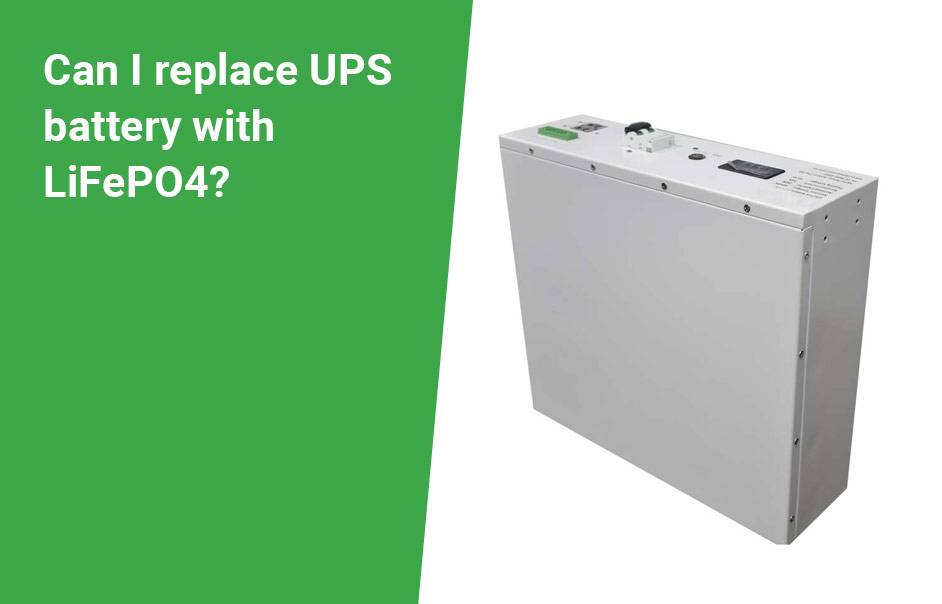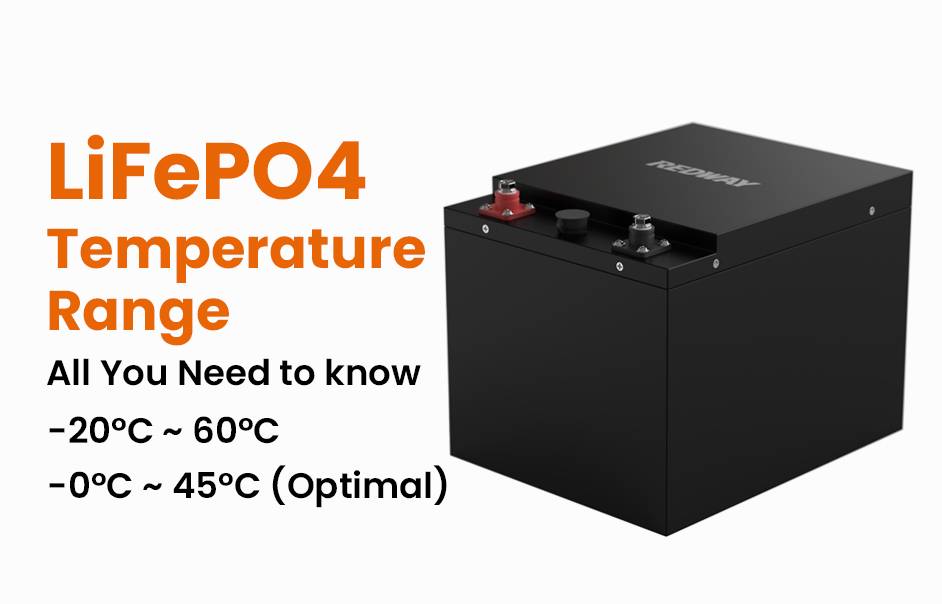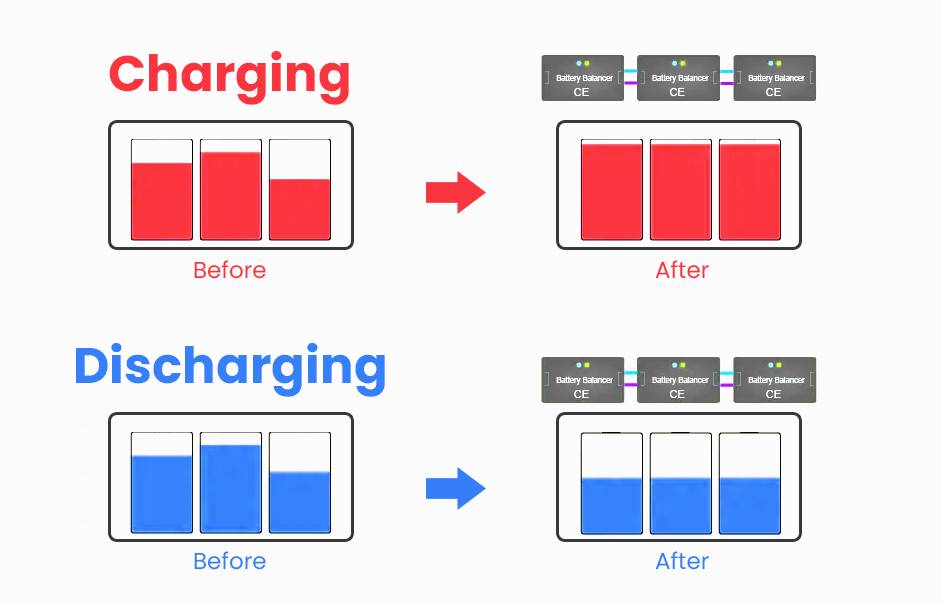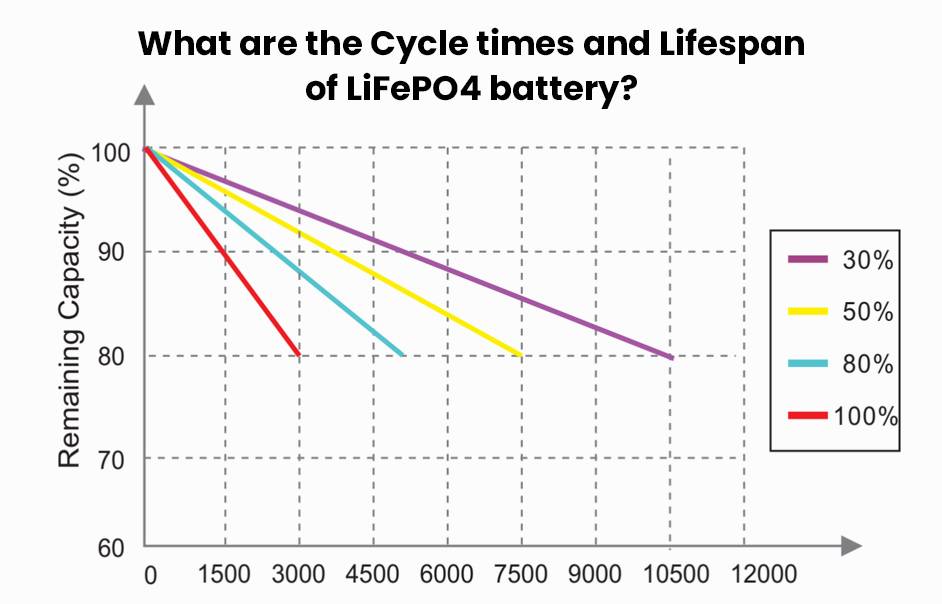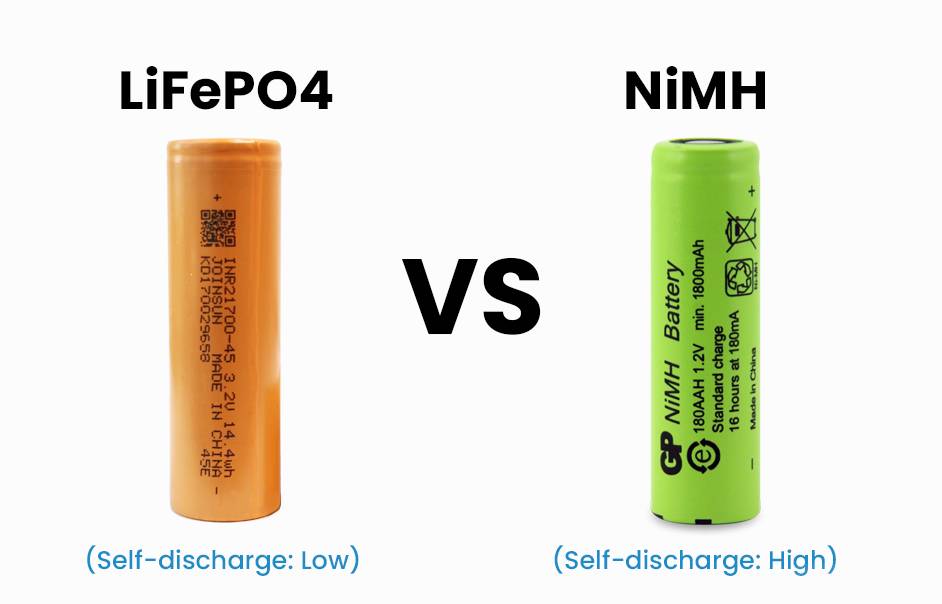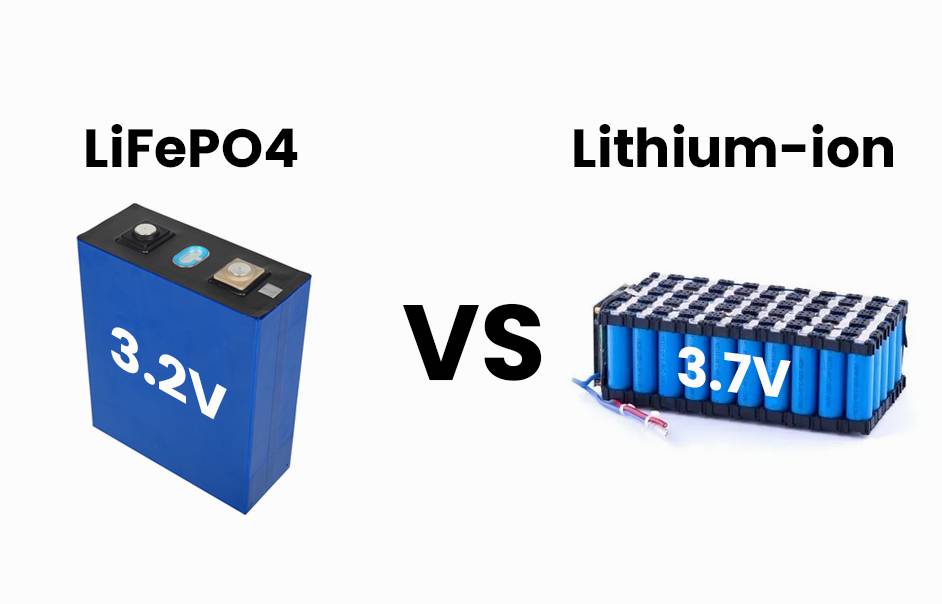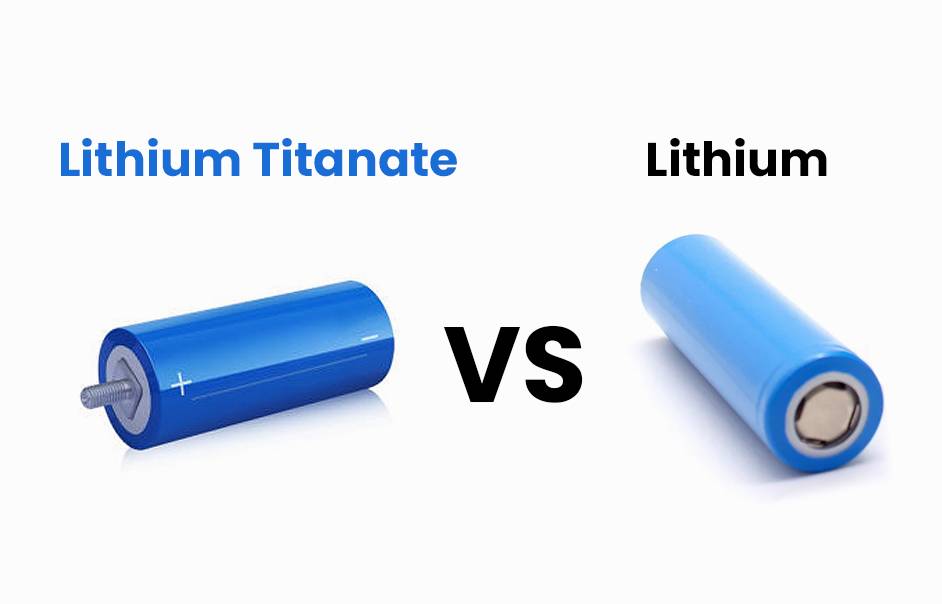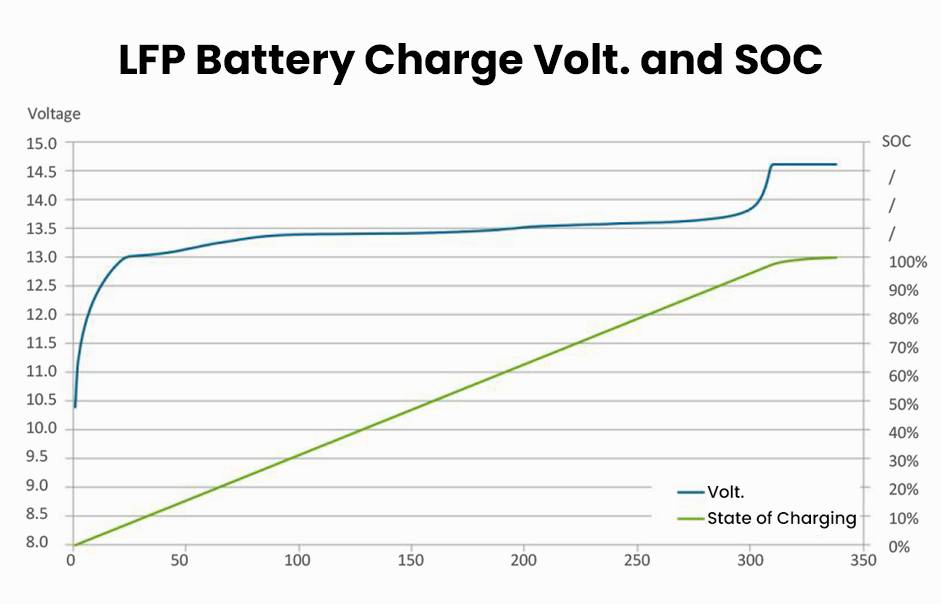Step into the LiFePO4 battery realm, powering our gadgets and renewable energy systems with prowess. These lithium iron phosphate marvels shine for their exceptional performance and endurance. Yet, to unleash their full potential, understanding key factors is paramount. Balancing, a crucial aspect, ensures optimal performance, longevity, and safety for each cell in the battery pack. Join us on an exploration into why LiFePO4 batteries demand balancing and effective methods to achieve it. So, grab your drink, relax, and delve into the captivating LiFePO4 battery world!
The importance of balancing batteries
Balancing LiFePO4 batteries is critical for optimal performance and longevity. This process ensures equal charge distribution among individual cells, preventing imbalances that can lead to reduced capacity and efficiency. LiFePO4 batteries, with their specific voltage thresholds, require specialized Battery Management Systems (BMS) to monitor and balance cells effectively.
- The Importance of Balancing: Balancing LiFePO4 batteries prevents overcharging or undercharging of cells, maintaining even voltage levels. This is crucial for preventing issues like reduced capacity, increased internal resistance, and potential safety hazards.
- Role of Battery Management Systems (BMS): BMS systems play a key role in balancing LiFePO4 batteries. They constantly monitor cell voltages and use passive or active balancers to redistribute the charge, ensuring each cell operates within specified limits.
- Proactive Measures for Longevity: Taking proactive measures, such as regular voltage checks and using BMS systems, significantly prolongs the lifespan of LiFePO4 batteries. This maintenance ensures reliable performance over time, making LiFePO4 a popular choice for various applications.
Conclusion: Understanding and implementing the importance of balancing LiFePO4 batteries, particularly with BMS systems, is crucial for maximizing their lifespan and ensuring reliable power delivery. So, give your LiFePO4 battery pack some love by keeping them balanced for optimal performance!
What does it mean to balance a battery?
Balancing a battery involves equalizing the charge levels of individual cells within a battery pack to ensure uniform charging and discharging. This process is crucial to prevent imbalances caused by factors like temperature differences or manufacturing inconsistencies, which can lead to safety hazards and reduced battery lifespan.
Specialized circuitry, such as a Battery Management System (BMS), is used to monitor and redistribute energy among cells. Regular balancing, especially for LiFePO4 batteries, helps maintain efficiency and prolong overall lifespan. Technological advancements may lead to lithium-ion batteries with built-in balancing capabilities in the future.
Why LiFePO4 batteries need to be balanced

Balancing LiFePO4 batteries is essential for optimal performance and longevity. But why do they need balancing?
- Equalizing Charge: Balancing ensures each cell within the battery pack has the same charge. During charging and discharging cycles, cells may experience different voltage or capacity levels.
- Preventing Imbalances: LiFePO4 batteries consist of multiple cells, and without balancing, some cells may become overcharged while others remain undercharged. This imbalance can reduce overall capacity and accelerate degradation.
- Methods for Balancing: Various methods, including dedicated Battery Management Systems (BMS), are used to balance LiFePO4 batteries. BMS monitors individual cell voltages and adjusts charging to maintain balance.
To maintain your LiFePO4 battery’s health, regularly monitor its balance, check individual cell voltages, and avoid extreme temperatures. These batteries, with advancements in lithium-ion technology, offer high energy density, longer lifespan, and improved safety.
How to balance LiFePO4 batteries
Balancing LiFePO4 batteries is essential for optimal performance and longevity. Here’s how to do it effectively:
- Monitor Cell Voltages: Regularly use a BMS or multimeter to measure individual cell voltages. This helps identify imbalances.
- Full Charge: Before balancing, ensure all cells are fully charged to maximize capacity and accuracy.
- Passive Balancing: Discharge higher-voltage cells through resistors while keeping lower-voltage cells connected to equalize overall pack voltage.
- Active Balancing: Use external circuits to transfer energy between cells, actively equalizing their charge levels during cycles.
- Follow Guidelines: Always refer to the manufacturer’s guidelines for your specific LiFePO4 battery model for additional considerations.
Following these steps ensures balanced LiFePO4 batteries, ensuring optimal performance throughout their lifespan.
Tips for maintaining balanced batteries
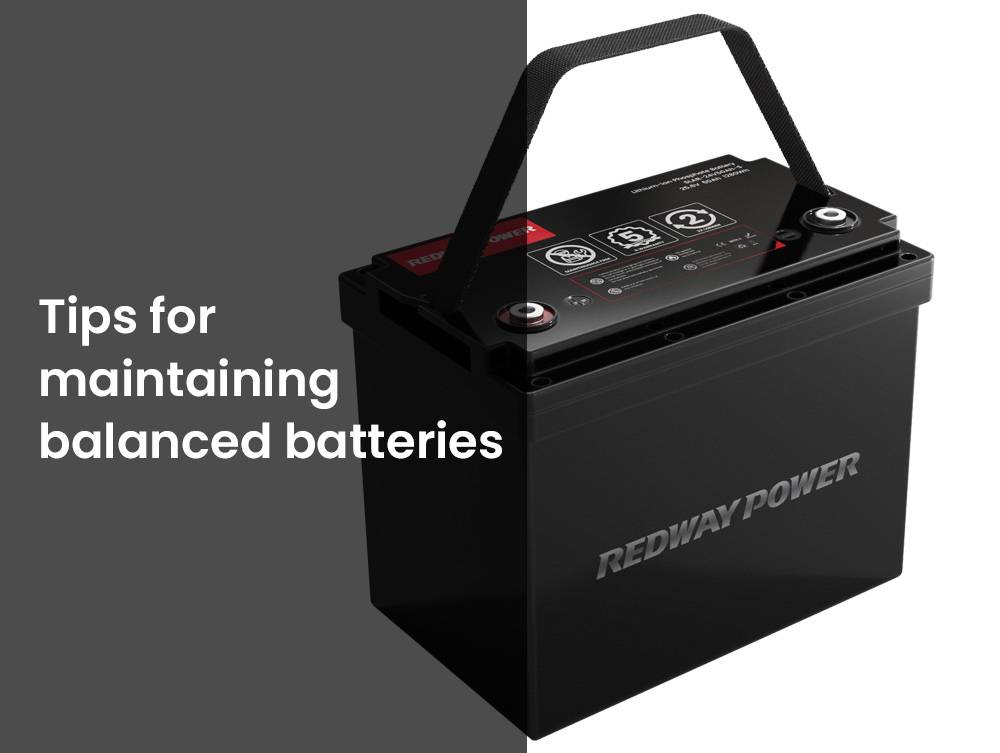
Maintaining balanced LiFePO4 batteries is crucial for optimal performance and longevity. Here are some tips:
- Regular Voltage Monitoring: Use a multimeter or BMS to regularly check individual cell voltages, identifying any imbalances.
- Establish Balancing Routine: Set a schedule for balancing, either manually or through automatic features, at least once every few months or when voltage differences are noticeable.
- Avoid Extremes: Prevent overcharging and overdischarging by adhering to manufacturer-recommended limits and utilizing a BMS with protection features.
- Control Temperature: Keep batteries within their specified temperature range to prevent performance issues and potential imbalances.
- Routine Maintenance Checks: Inspect connections, cables, and components regularly to ensure proper cell-to-cell communication and prevent imbalances.
By following these tips, you can ensure balanced LiFePO4 batteries, maximizing their performance and lifespan.
Alternatives and advancements in battery technology
As the demand for renewable energy rises, scientists focus on improving battery tech.
- Lithium-ion Batteries: These offer more power and longer life, perfect for portable devices and electric vehicles.
- Solid-state Batteries: Unlike traditional ones, they use solid components, enhancing safety, energy density, and charging speed.
- Battery Management Systems (BMS): Critical for LiFePO4 packs, BMS ensures optimal performance, monitoring cell health and balance.
Ongoing research explores alternative electrode materials, promising further improvements in energy storage capacity.
In this exciting era of battery technology, continuous advancements pave the way for a greener future!
Conclusion
Balancing LiFePO4 batteries is essential for maximizing their performance, longevity, and safety. By ensuring that the cells within the battery pack are at consistent voltage levels, you can prevent overcharging or discharging of individual cells, which can lead to reduced capacity and potential damage.
Balancing a LiFePO4 battery involves equalizing the charge across all the cells through a balancing circuit or system. This process helps maintain optimal cell health and overall pack efficiency. It’s important to note that not all LiFePO4 batteries require active balancing due to their inherent stability; however, regular monitoring and occasional manual balancing may still be necessary.
To balance your LiFePO4 battery effectively, follow these steps:
1. Use a charger with built-in balancing capabilities.
2. Charge your batteries individually if they are removable.
3. Monitor voltage levels regularly during charging or discharging cycles.
4. If imbalances occur between cells, perform a manual balance using an external balancer.
5. Avoid deep discharge or overcharging situations as they can exacerbate imbalances.
Additionally, it’s crucial to maintain good practices when using and storing your LiFePO4 batteries:
– Store them in cool temperatures within manufacturer-recommended limits.
– Avoid exposing them to extreme heat or direct sunlight.
– Keep them away from moisture and corrosive substances.
– Regularly inspect for any signs of physical damage or swelling.
While advancements in lithium-ion technology continue to emerge rapidly, such as solid-state batteries with improved energy density and faster charging capabilities, LiFePO4 remains a reliable choice for many applications requiring long-lasting power supply solutions.
By understanding the importance of balanced LiFePO4 batteries and implementing proper maintenance techniques outlined above, you can optimize their performance while enjoying extended service life from these robust energy storage devices.
So remember — keep those voltages aligned for maximum power!
FAQs
What are the steps involved in top balancing a battery?
What are the advantages and disadvantages of passive cell balancing?
Passive cell balancing offers several advantages. It is simple to implement and cost-effective compared to active cell balancing. However, it has limitations such as low thermal management and the inability to address capacity differences between cells. Despite these limitations, passive cell balancing is a popular choice for many battery management systems due to its simplicity and cost-effectiveness.




